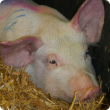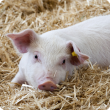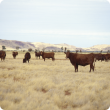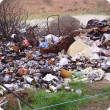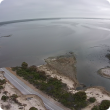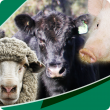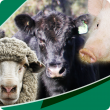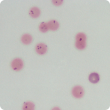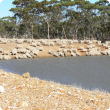Filter by regions:
- (-) Remove Kimberley filter Kimberley
- (-) Remove Wheatbelt filter Wheatbelt
- Gascoyne (449) Apply Gascoyne filter
- Great Southern (447) Apply Great Southern filter
- South West (447) Apply South West filter
- Goldfields-Esperance (446) Apply Goldfields-Esperance filter
- Pilbara (446) Apply Pilbara filter
- Mid West (445) Apply Mid West filter
- Peel (437) Apply Peel filter
- Perth regions (344) Apply Perth regions filter

